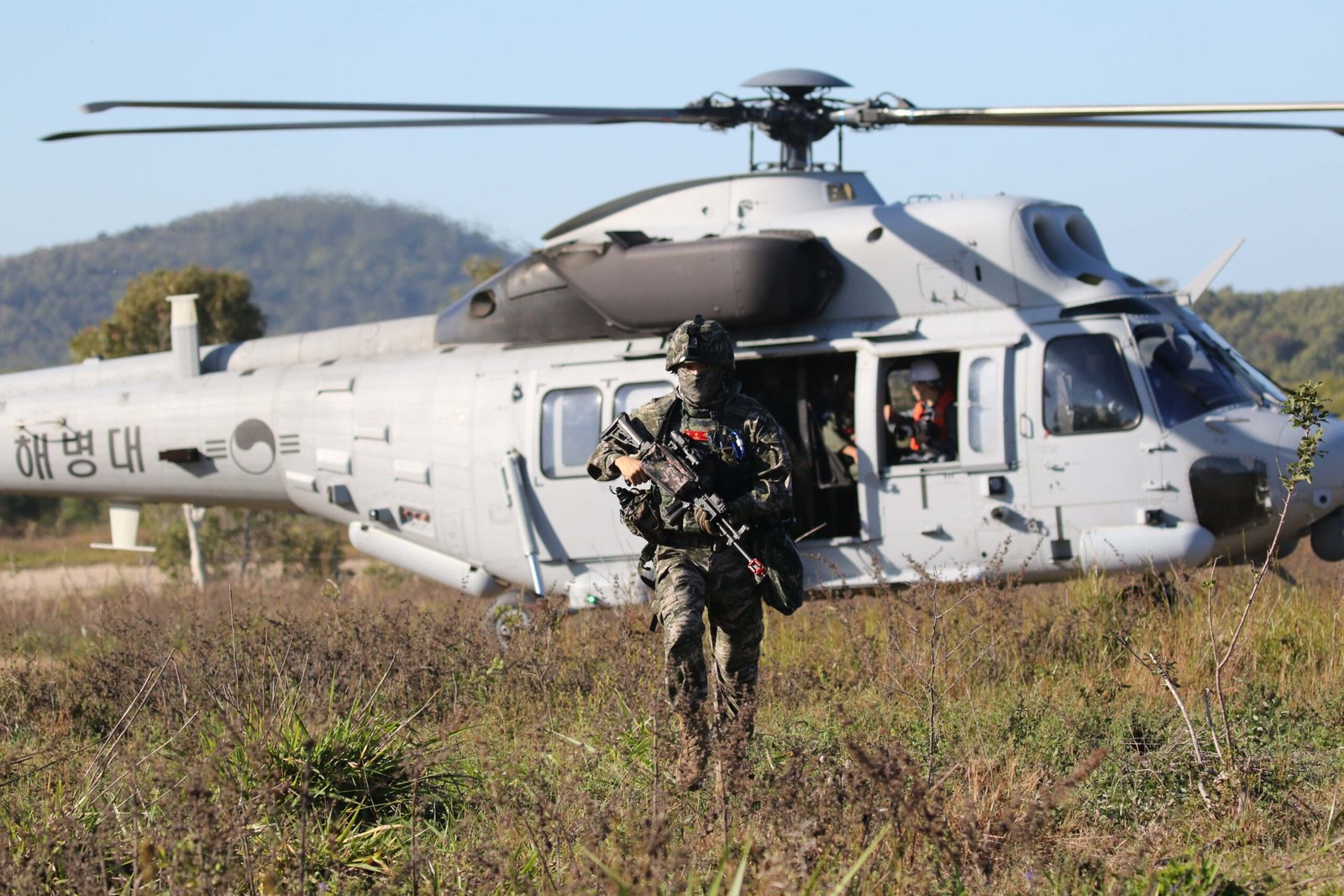Now in its eleventh iteration, Australia is hosting Exercise Talisman Sabre 2025 from 13-27 July. This multilateral event draws together 19 like-minded nations, and perhaps in excess of 40,000 troops, with 15,000 of them coming from the USA alone.
As well as host Australia and its key ally the USA, Exercise Talisman Sabre 2025 welcomed back the returning participants of Canada, Fiji, France, Germany, Indonesia, Japan, New Zealand, Papua New Guinea, the Philippines, South Korea, Tonga and the United Kingdom.
Additionally, new countries have joined the exercise for the first time, specifically India, Singapore, Thailand, the Netherlands and Norway. Furthermore, two observer nations are Malaysia and Vietnam, as they contemplate perhaps joining in the future.
Talisman Sabre is spread over a vast area, spanning 5,300km from east to west, and it boasts seven live-fire events. Events are also occurring on Papua New Guinean soil for the first time. The wargames encompass more than 80 Australian training areas and bases, and the assets participating include more than 150 aircraft and at least 30 ships.
Brigadier Damian Hill, Talisman Saber’s exercise director, told Asian Military Review that the wide reach of the exercise accurately replicates the real-world environment. “Australia is vast, but nowhere near as vast as the region that we live in day to day. So, operating across the vast expanses of Australia is a way of us testing how we might operate in the region in times of need. The geography, the time, the space, the limited infrastructure, really tests nations…”
Hill said there were 79 “firsts” scheduled for Talisman Sabre 2025. One was Australia’s first live firing of its new HIMARS system on 14 July, alongside HIMARS from Singapore and the USA. Another first will see Australia’s NASAMS being fired alongside an American Patriot.
Yet another significant first was the maiden firing of the Typhon, also called Mid-Range Capability (MRC), outside the continental USA on 15 July. This US Army system, operated by the 3rd Multi-Domain Task Force (MDTF), fired an SM-6 missile from the Northern Territory, and it successfully hit a target in waters somewhere north of Australia.
It is significant that the SM-6 was aimed at a maritime target, for the USA is grappling with new weapons and tactics that could thwart Chinese attempts for its naval vessels to break through the so-called First Island Chain. The Typhon, which is deployable by C-17 transport aircraft, can be airlifted into austere locations to create a bubble of missile coverage near vital straits.
The MRC can fire both the SM-6 and Tomahawk missile, both of which are in the Australian navy’s arsenal. This 3rd MDTF demonstration therefore illustrates the US Army’s mobility to deploy the Typhon to remote locations, and its existence complicates Chinese war planning. Another Typhon system is currently positioned in the Philippines, but it has never fired any missile on Philippine territory.
One more first for Talisman Sabre 2025 occurred in the live, virtual, constructive sphere. Australia and the USA connected their force-on-force instrumentation together at a classified level, and then distributed the operating picture in both countries. Hill explained that such methods “enable us to distribute our training in the future and to practise complex command and control on both sides of the International Date Line”.
This synthetic environment is used by air forces too. “The training benefit that has provided using a synthetic opposing force is enormous, because it means we don’t have to have lots of airframes in the air,” Hill remarked.
Army troops operated at the divisional-plus level within a corps setting. Meanwhile, marines and amphibious landings were another vital component of the exercise. Amphibious forces from the likes of Australia, Japan, South Korea and the USMC conducted multiple landings.
Hill said the exercise was all about “improving interoperability”. Not only does this familiarity ease complexities when nations are forced to respond to events such as natural disasters, but it also sends a strong deterrence signal to the likes of China.
by Gordon Arthur
Australia hosts the largest ever Talisman Sabre exercise – Asian Military Review



